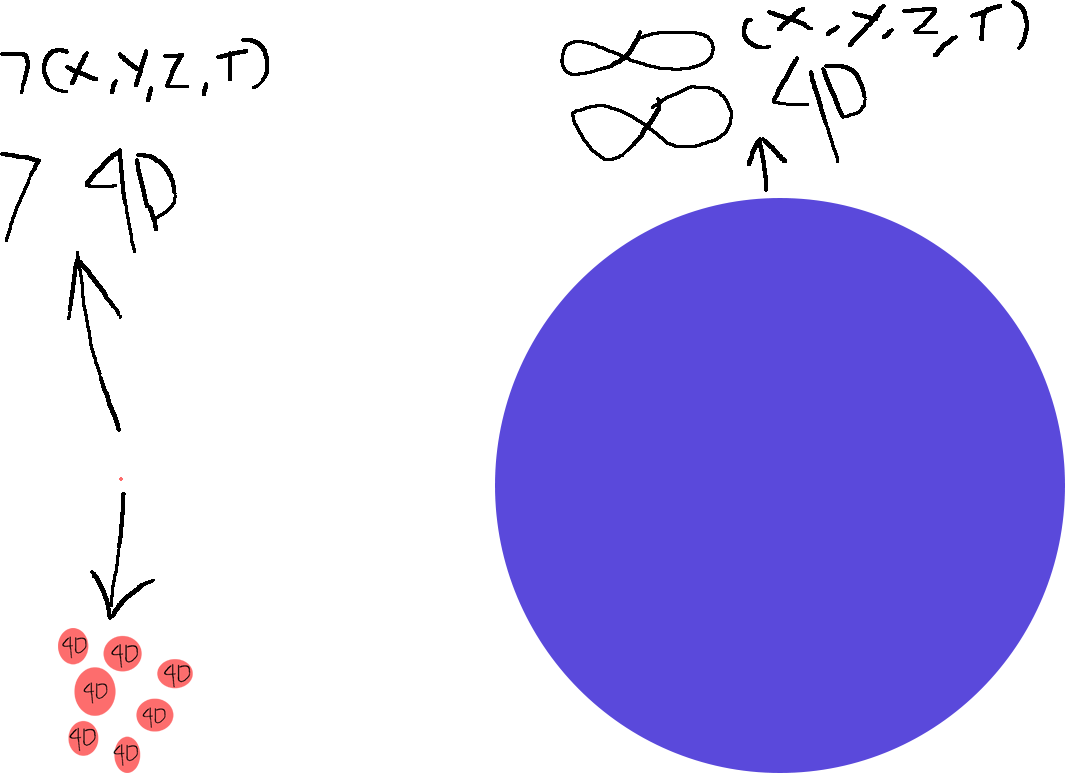Me: Do you get Low 1-C for encompassing and being infinitely larger than a Low 2-C structure, or a 2-A structure? Because from what the current standards say it's only about encompassing a 4-D structure. It does not specify what kind of 4-D structure it's talking about, Low 2-C or 2-A.
Ultima: Muddy territory, frankly. 2-A is generally a much safer starting point for that, since we don't really accept that there any any jumps in size that are higher than "baseline" 2-A but smaller than Low 1-C (See the standards on the destruction of multiple infinite multiverses); the smallest skip in size at that point is just Tier 1. Meanwhile with Low 2-C we are forced to include a bunch of shit between it and Low 1-C.
Ultima: Although speaking in terms of raw logic, then I'll note that encompassing an infinitely large structure alone isn't necessarily an infinity higher than it.

en.wikipedia.org
Take this thing, for example.
Ultima: In a way you can say that, compared to the real number line, it extends a lot further.
Since the real number line is made of a countably infinite amount of intervals placed side-by-side (Intervals like, say, [0,1] or [1,2], I'm sure you know what I'm talking about).
While the long line is made of an uncountably infinite number of such intervals.
Despite that "increased" length the long line is still a 1-dimensional object.
It's not 2-D.
So, there being something that says "Yeah the structure is, in fact, larger than what it encompasses" is important.

